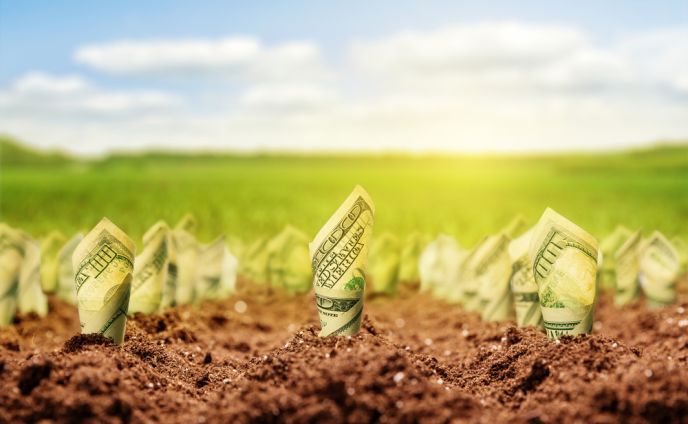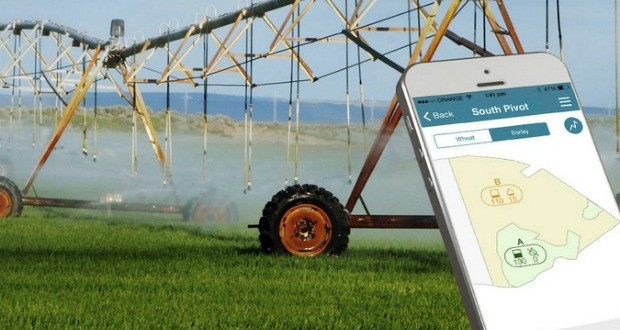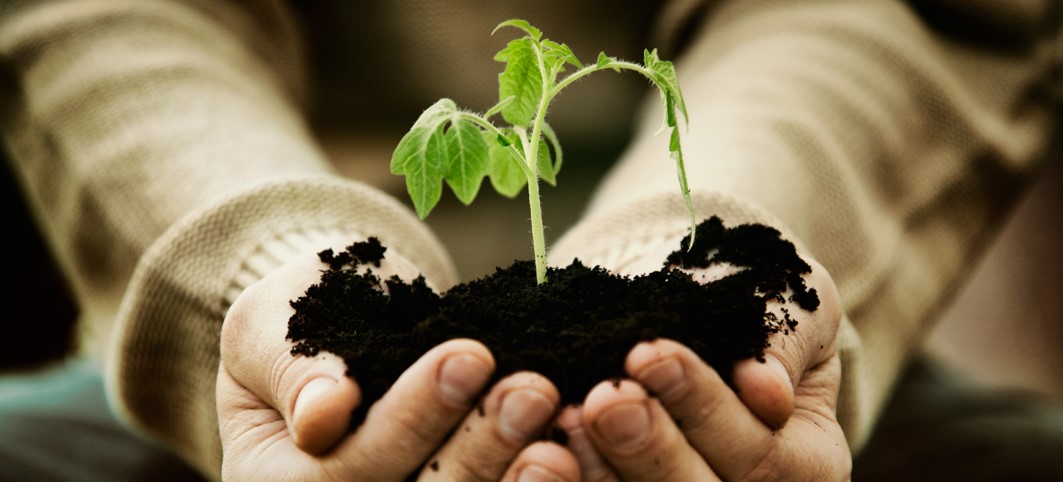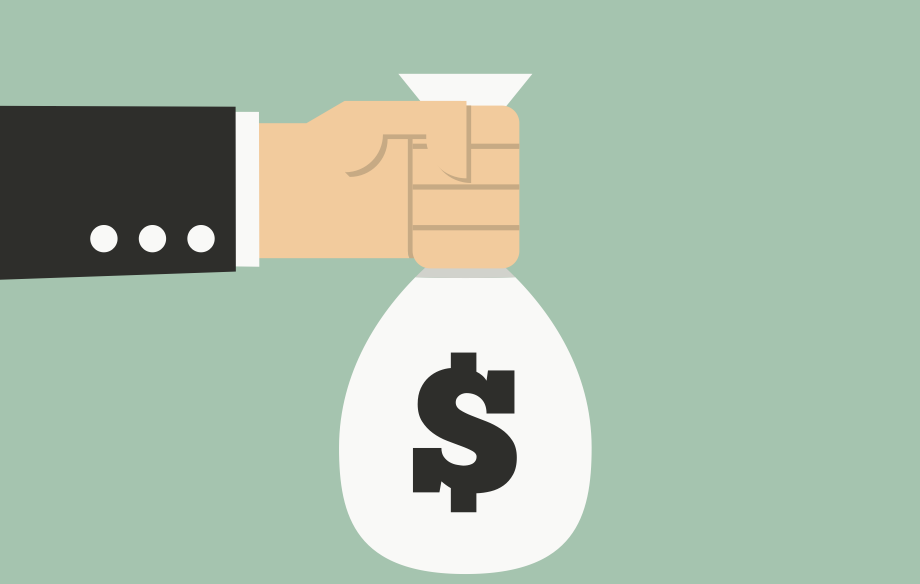Food scarcity is a real fear. We must produce more food in the next four decades than we have in all of the last 8,000 years of agriculture combined, according to the World Wildlife Fund. Not only that, but this must be done under increasing strains of dwindling land and water resources in addition to challenges posed by climate change and energy needs.
This is a great test for mankind, but also a great opportunity for the growing agricultural technology sector. In fact, the twin unprecedented challenges of increasing food supply and reducing resources used for agriculture are the main forces driving innovation and investment in the sector.
Opportunities for investment and growth
The global agricultural sector itself produces about $120 billion in annual revenues, and farm assets total about $2 trillion, according to recent data, making it one of the biggest components of the world economy. It was not until recently that innovation in this field began attracting the attention of venture capitalists and tech industry investors.

Monsanto’s purchase of this AgTech startup just as it was reaching unicorn-status was part of a larger shift in 2013, a year when investment in AgTech jumped 75% to $860 million as the industry exploded with precision farming companies joining the more traditional seed genetics and biotechnology pursuits that once defined the sector. In 2014, AgTech investments grew to $2.36 billion, with 264 deals and 271 unique investors. In just the first half of 2015, investments in the sector totaled $2 billion, according to an AgFunder report. This makes investment in the emerging AgTech sector larger than that in the often-talked about Fintech and Cleantech sectors, which each drew about $2 billion in investment in 2014.

Among investors in CropX is Farm2050, a collective founded by Google chairman Eric Schmidt’s Innovation Endeavors to invest in AgTech.
The changing climate
So just what happened to bring attention from companies like Google and big name tech VCs to farming, an industry seen as traditional as they come? The answer includes a few factors but basically comes down to a conflation of demographic trends combined with new hardware and cloud-computing developments that freed data analysis from the desktop computer.

“Agriculture has been really underserved,” Dror Berman, managing director of Innovation Endeavors told TechCrunch. “You can build a ton of technology companies here that really matter.”
Seeding Israeli AgTech

To find out more about AgTech investment opportunities on our platform, contact our Investor Relations team or visit our website.
____________
Special thanks to OurCrowd’s Audrey Jacobs for contributing to this piece.
[xyz-ihs snippet=”Summit-2016-CTA”]





![Going Up: OurCrowd’s 2014 Year In Review [Infographic]](https://blog.ourcrowd.com/wp-content/uploads/2014/12/2014-year-in-review-blog-post.png)


